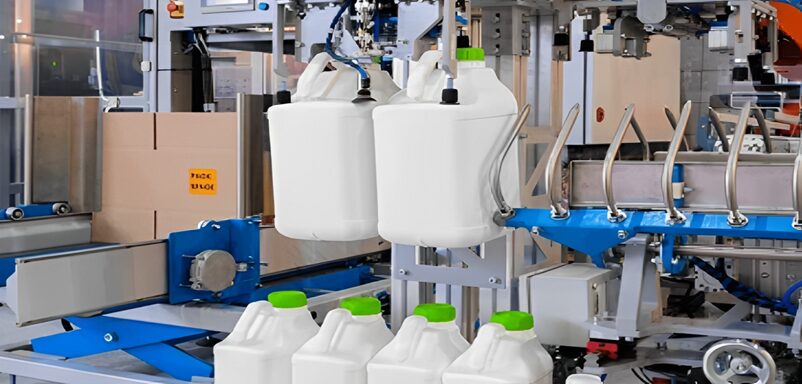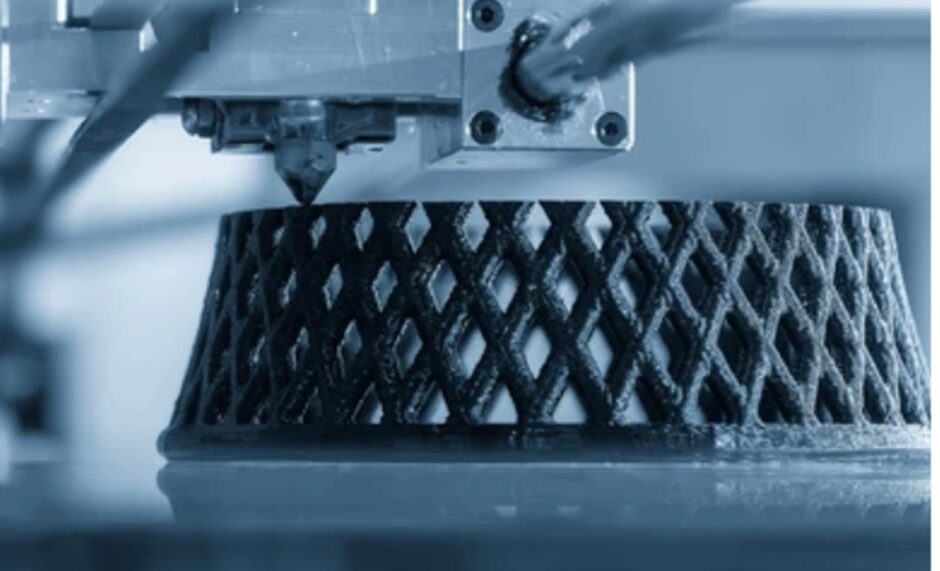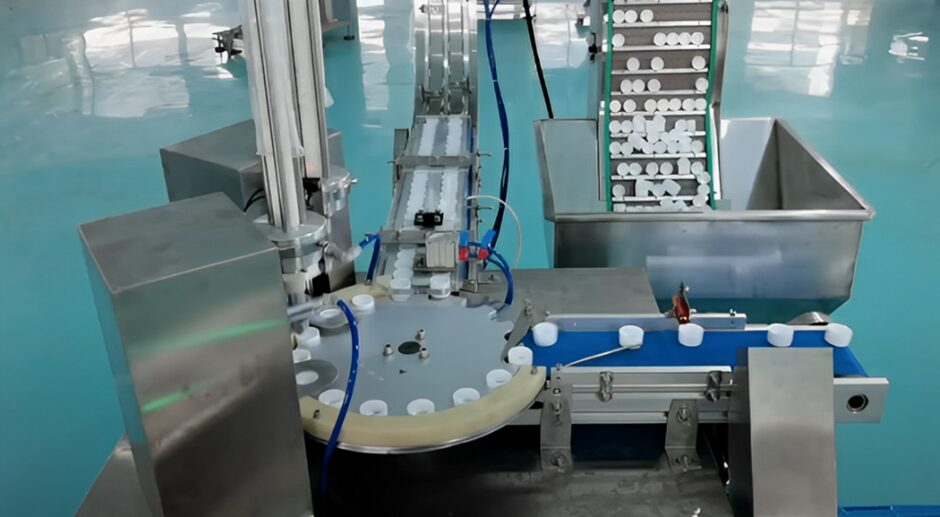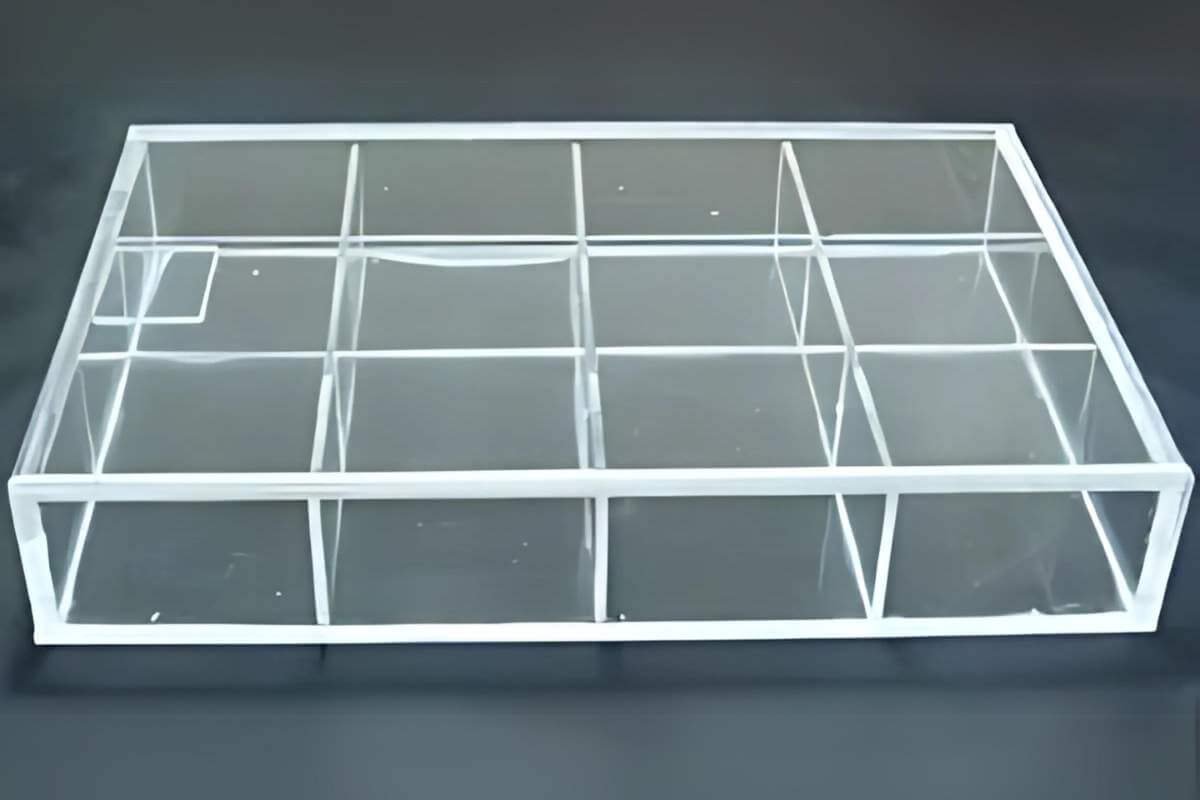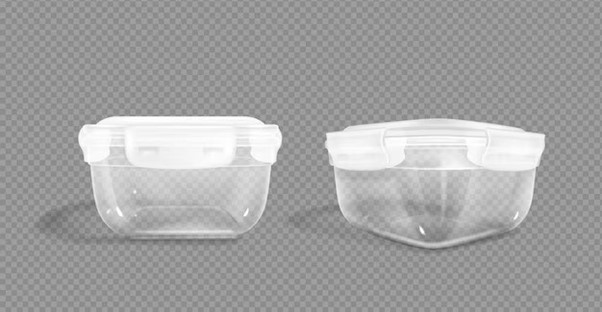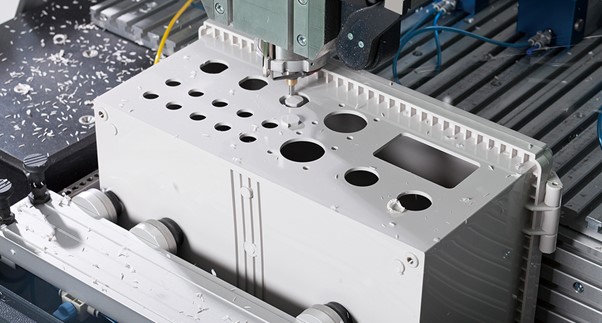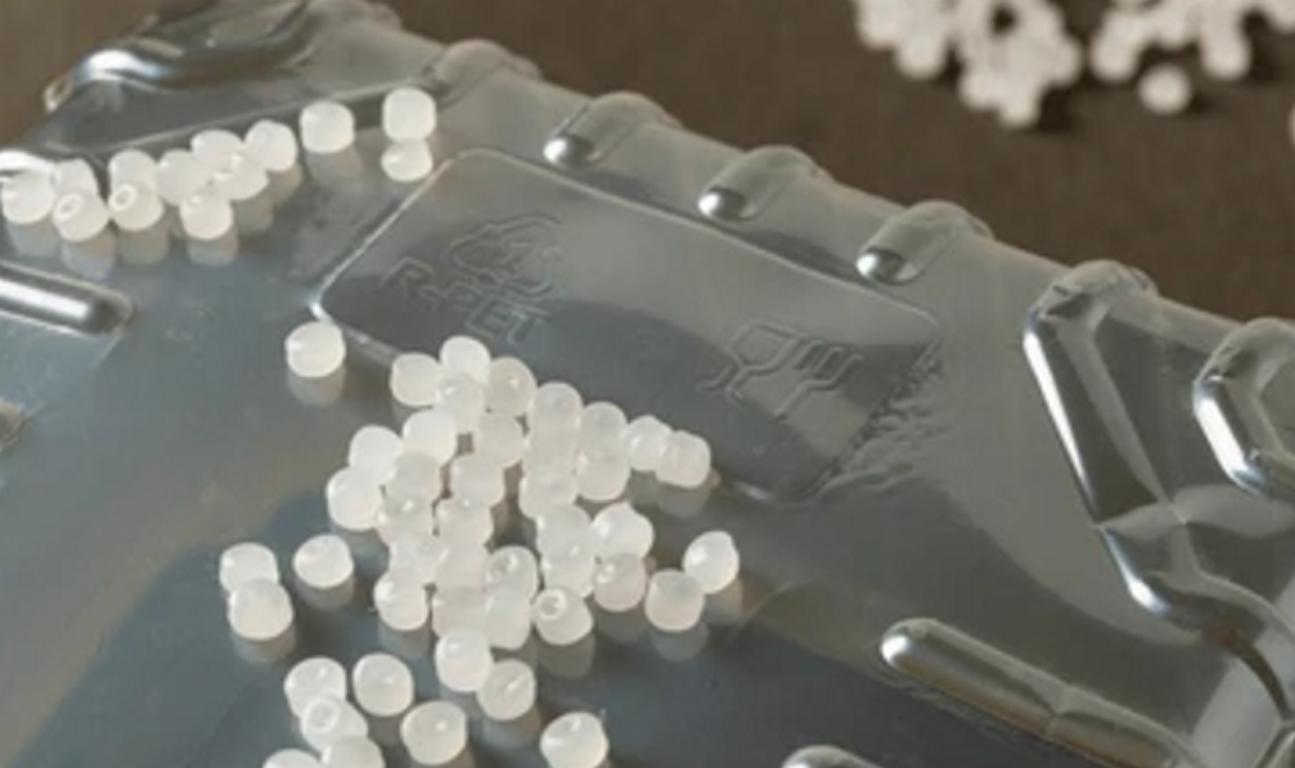Among all plastic fabrication processes, injection molding requires much precision and reliability, especially for companies that produce very small and detailed precision plastic parts. Creating small but intricate and stringent plastic components from the raw material involves engineering, technology, material science, and design skills.
Custom injection molding is crucial for industries such as automotive, medical devices, and consumer electronics. It offers customized solutions for performance and compliance. The right partner helps organizations unlock value. This leads to faster production cycles and lower costs. The result is high-performance parts that drive technology advancement and growth.
Below we will ist the top 10 injection molding companies in Ohio, when you are looking for plastic injection molding compnies near me the Ohio location aera, then below plastic injection molding companies may help you, but if you are looking for injection molding companies in China, then welcome to sincere tech.

1. Husky Injection Molding Systems

Company Name: Husky Injection Molding Systems
Year Established: 1953
Employee Size: 4,300+ employees
Business Capabilities: Injection Molding Systems, Hot Runners, Controllers, Services, Solutions
Address: Global Headquarters
Website: https://www.husky.co/
Company Profile:
Husky Injection Molding Systems was founded in 1953. It’s the world’s premier supplier of injection molding solutions. Being associated with molding systems, Husky has a broad portfolio of products, including hot runners, mold controllers, and auxiliary equipment. Most of their products are designed for the medical, food & beverage, packaging, and automotive industries.
Husky’s systems are characterized by the accuracy, stability, and overall cost-effectiveness of the solutions proposed. The company’s solutions are to enhance productivity, minimize loss of time, and guarantee high-quality production for customers across the globe. Moreover, Husky also offers training, routine maintenance services, and spare parts, all of which can be called sustaining support to help achieve the maximum level of system functionality throughout its useful life.
Husky is one of the best plastic injection molding companies in Ohio USA, if you are looking for injection molding companies at Ohio then you may contact with them for quoe.
2. Ohio Precision Molding

Company Name: Ohio Precision Molding
Business Capabilities: Injection Molding Solutions, Product Development, Concept Designing, Tooling Services, Stereolithography, CNC Milling, Assembly Services
Address: Barberton 122 East Tuscarawas Avenue Ohio, 44203
Website: https://www.ohioprecisionmolding.com/
Company Profile:
Ohio Precision Molding (OPM) is one of the leading plastic injection molding firms located in Barberton, Ohio. Established as a manufacturer of precision molded parts, OPM’s customers are automotive, energy, consumer, and industrial markets. This company deals in product design and engineering, prototype services, rapid tooling, and production services.
OPM incorporates advanced injection molding technology to produce accurate, robust, and cheap products for its clients. Ohio Precision Molding is dedicated to delivering quality products that meet set standards of quality and is always striving for perfection. Other services offered by the company include short-run manufacturing and molded parts decorating thus making the company a reliable source of plastic parts to the various companies.
Ohio Precision Molding is another top plastic injection molding company in Ohio USA, if you need more moolding supplier to check your project for reference, then you could contact with them for price as well.
3. LTM Plastics

Company Name: LTM Plastics
Year Established: 1977
Business Capabilities: Tooling Design including Plastic Injection Molding, Transfer Tooling, Additional Processes encompassing Assembly, Packaging, Over-molding, and Industrial Design.
Address: Denver, Colorado 80211 1100 W 45th Avenue
Website: https://www.ltmplastics.com/
Company Profile:
LTM Plastics is a full-service plastic injection molder. It has been offering precision molding services for more than 40 years. The company operates in the mid to high-volume range. The company is recognized for its capability to respond to a diverse range of customer requirements. LTM Plastics provides everything from transfer tooling, over-molding, assembly, and packaging services. They use Quick Response Manufacturing (QRM) to meet the client’s needs and deliver the products on time.
LTM Plastics is a Denver, Colorado-based plastic injection molding company, accommodating both small start-up firms and large-scale manufacturers who require reliable and accurate plastic parts. They can take full responsibility from the design of the product to the finished product. Moreover, they also promote openness and engagement. LTM also controls its manufacturing processes and strictly uses recycled plastic materials. In addition, the company is dedicated to developing its commercial relations with clients to ensure becomes a reliable partner for the company in the sphere of plastics.
4. Koller Craft, LLC

Company Name: Koller Craft, LLC
Year Established: 1941
Business Capabilities: Plastic Injection Molding, Assembly, Metallizing, Decorating, Engineering, Materials Sourcing, Tooling & Maintenance
Industries Served: Automotive, Agriculture/Lawn & Garden, Appliances, General Industrial, Material Handling, Furniture
Address: Fenton, Missouri (with operations in Missouri, Kansas, and Alabama)
Website: https://www.kollercraft.com
Company Profile:
Koller Craft is a family-owned company. It has developed into a major supplier of custom injection-molded plastic components since its inception in 1941. As a one-source supplier, Koller Craft provides injection molding, assembly, metalizing, and decorating services to different industries like automotive, agricultural, and appliance industries.
Koller Craft focuses on the customer, delivery, communication with customers, and timely response to complaints. The company has a long-standing reputation for reliability and quality, this is further supported by its ISO 9001 accreditation which demonstrates the company’s commitment to delivering and maintaining world-class standards in all areas of the business.
The company’s service portfolio goes beyond injection molding to embrace engineering, material supply, tool construction, and maintenance, covering all the stages from idea generation to high-volume injection molding manufacturing.
5. Performance Engineered Products (PEP)

Company Name: Performance Engineered Products (PEP)
Year Established: 1981
Business Capabilities: Plastic Injection Molding, Product Development, Assembly, Tooling Services, 3D Printed Injection Molds, Tool Transfer
Industries Served: Aerospace, Automotive, Medical Devices, Defense, Electronics, Agriculture, Consumer, Industrial
Address: 3270 Pomona Blvd, Pomona, CA 91768
Website: https://pepincplastics.com/
Company Profile:
Performance Engineered Products (PEP) is a California-based custom plastic injection molding manufacturer company located in Pomona. They are a leading independent contract manufacturer. PEP was established in 1981 and brings over 40 years of experience to the injection molding of plastic parts for aerospace, automotive, medical, and defense industries. As an AS9100D, ISO 9001:Established in 2015, certified by ISO 13485:2016, ITAR, and FDA, PEP ensures high-quality services of injection molding, product development, tooling, and assembly.
PEP offers short-run and medium to large runs by employing innovative technologies like 3D printed injection tooling to increase throughput and minimize expense. Moreover, the firm provides manufacturing services to different industries, providing accurate, dependable, and efficient production processes to guarantee that all components meet organizational specifications.
In addition to the company’s capabilities, PEP has the production capacity for micro and small parts as well as large and complex ones with shot sizes between 56 grams and over 4,500 grams. Today, PEP has a highly qualified team of professionals, modern equipment, and possesses the ability to introduce new technologies into the production process, and remains a reliable supplier of plastic molding products.
6. Britech Industries

Business Capabilities: Injection Molded Plastics, Rubber Molding, Rubber Extrusions, Plastic Extrusions
Industries Served: General Industrial, Automotive, Aerospace, Consumer Goods
Website: https://www.britechindustries.com
Company Profile:
Britech is a widely acclaimed company dealing with the manufacturing of rubber and plastic products. Britech delivers fast turnarounds and excellent customer service to industries like automotive, aerospace, and general manufacturing. Some of the core capabilities of the company are in rubber and plastic molding, rubber extrusions, and plastics extrusions.
Their injection molding division specializes in fast turnaround for small to medium runs. It provides cost-effective plastic components for design engineers’ needs. Further, Britech has Rubber molding and extrusion services to produce custom rubber products; seals, gaskets, U-channels, and grommets. Britech has a policy of excellence in the delivery of its products to its clients with special consideration for orders at affordable, and on-time delivery.
7. Jaco Products, Inc.

Company Name: Jaco Products, Inc.
Business Capabilities: Plastic Injection Molding, High-Tolerance Parts, Custom Mold Design, Material Distribution
Industries Served: Automotive, Electronics, Power Tools, Household Appliances, Medical Devices
Address: 15060 Madison Road, Middlefield, Ohio 44062-9407
Website: https://www.jacoproducts.com
Company Profile:
Jaco Products, Inc. is an Ohio-based company. It deals in custom plastic injection molding. As a leading manufacturer specializing in manufacturing precision and tight tolerance parts, Jaco provides a full line of injection molded products applied in automotive, electronics, medical instruments, and home appliances.
The company uses modern injection molding to manufacture accurate parts from engineered materials. They possess the ability to produce large and small quantities, all while delivering products to market rapidly. The company’s policy of sourcing the finest materials for use in products guarantees lasting and dependable products that conform to customers’ requirements.
As a customer-oriented company, Jaco works hand in hand with clients from the design stage to delivery, ensuring all elements are managed, and manufactured to the highest standard of quality, functionality, and durability. Whether you require a high volume of units or a small number, Jaco is capable of producing all sizes of injection molding jobs to meet the diverse needs of clients.
8. Associated Plastics Corporation (APC)

Company Name: Associated Plastics Corporation (APC)
Business Capabilities: Custom Plastic Injection Molding, Engineering & Design Assistance, Turnkey Operations
Industries Served: Automotive, Electronics, Electrical, Food Processing, Sports, Toy, Horticulture
Location: 502 Eric Wolber Ave, Ada, Ohio 45810
Website: http://www.associatedplasticscorp.com
Company Profile:
APC which stands for Associated Plastics Corporation is a family-owned business, established in 1979 as a custom plastic injection molding company in Ada Ohio. Focusing on precision molding and offering the highest quality of its products, APC serves various sectors such as automotive, electronics, electrical, food processing, sports, toys, and horticulture industries.
The company provides solutions for everything from design/engineering consultation to full-service operations, including mold design and manufacturing through shipment of the finished product. APC uses world-class equipment with a 2000-ton capacity to guarantee the company’s preparedness for large and complex projects.
In addition, their commitment to superior customer service, 24/7 availability, and quality assurance, backed by ISO 9001:certification 2015, is aimed at providing dependable high-performance molded parts for different uses.
9. Edge Plastics Inc

Company Name: Edge Plastics Inc.
Business Capabilities: Plastic Injection Molding, Custom Color Formulations, Robotics-Enhanced Manufacturing, Large-Scale Production
Industries Served: Automotive, Consumer Products, Industrial, Electronics
Address: Mansfield, Ohio
Website: Edge Plastics Inc.
Company Profile:
Edge Plastics Inc. is a premier producer of injection molding, established in Mansfield, Ohio. They focus on manufacturing high-quality custom plastic parts. The company uses 36+ injection molding machines of 500-1650 tons capacity allowing for both low and high runs of high precision automotive, consumer, industrial, electronics parts, and more.
The technological advancement applied is up to date with the use of robots and customized color in production to magnify efficiency, precision, and flexibility in its production line. Edge Plastics is focused on delivering quality parts that meet customers’ requirements for quality, delivery, and cost.
Furthermore, Edge Plastics has a large distribution facility conveniently situated close to highways for easy management of logistics and fast delivery of orders and products. Regardless of application, small run or large run, our state-of-the-art manufacturing makes certain that your product is on time and to your expectations.
10. World Class Plastics, Inc.

Business Capabilities: Plastic Injection Molding, Process Control, Custom Mold Design, Value-Added Services
Industries Served: Automotive, Consumer Products, Industrial, Medical, Electronics
Address: 7695 State Route 708, Russells Point, OH 43348
Website: https://www.worldclassplastics.com/
Company Profile:
World Class Plastics, Inc. has been in the injection molding business for several years with a commitment to delivering excellent plastic molding solutions, responding to customers’ needs promptly, and creating goodwill with our clients. Established in 1986, World Class Plastics has been in the business of making its customers happy by providing the optimum solutions for automotive, consumer goods, industrial, medical, and electronics industries.
The company uses precise process control and molding to deliver parts and assemblies with tight tolerances. Established on the pillars of teamwork, cooperation, and mutual understanding, World Class Plastics effectively develops long-term partnerships with clients by providing them with only high-quality products and on-time delivery.
Their Russells Point, plastic injection molding company in Ohio plant that is ISO compliant and hence they are capable of meeting high volume production demands as well as low volume, specialized molding requirements. In this scenario, customers require full or partial production or customized plastic molding services, World Class Plastics is always prepared to provide the services with dedication towards innovation, quality, and service delivery.
Summary
Sincere Tech is one of top 10 mold manufacturers in China that offers csutom plastic injection mold and molding solutions for different spheres. Through strong values on precision, innovation, and customer satisfaction, the company continuously provides high-quality molded parts that fully meet the requirements of its customers. We are a professional supplier for the auto, medical, electronics, and consumer goods industries. Sincere Tech is your reliable mold and molding manufacturing partner that adds value, quality, and consistency to improve and optimize your production project.
If you are looking for injection molding companies in usa, we ahve listed some of plastic injection molding companies in the USA from different locations, hope this could help you to make your decision.
Top 9 Injection Molding Companies In Texas
Top 9 Injection Molding Companies In Wisconsin
Top 9 Plastic Injection Molding Companies in Chicago
Top 10 Plastic Injection Molding Companies In Michigan
Top 10 Injection Molding Companies in Indiana
We will add more plastic injection molding companies from other location and countries.




